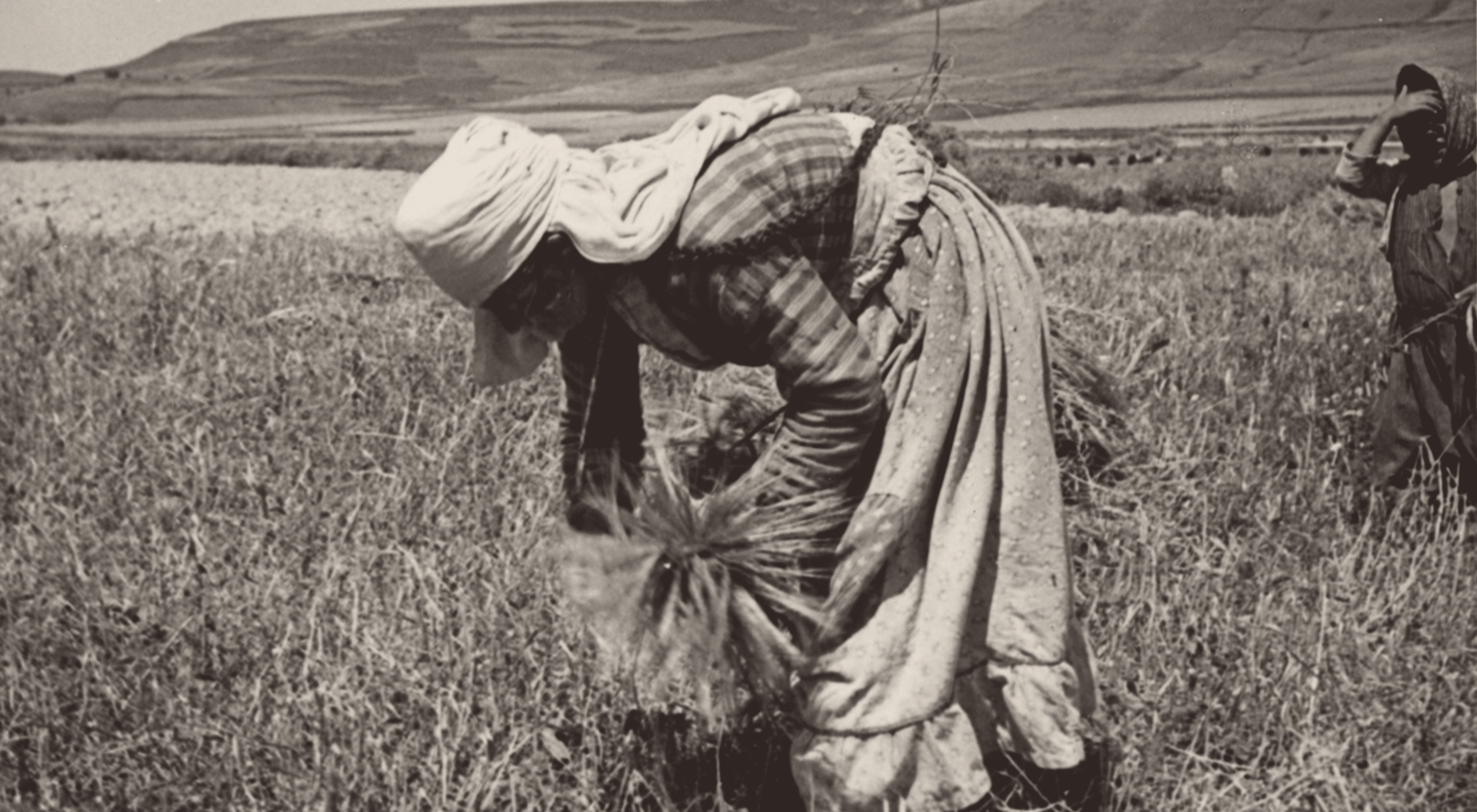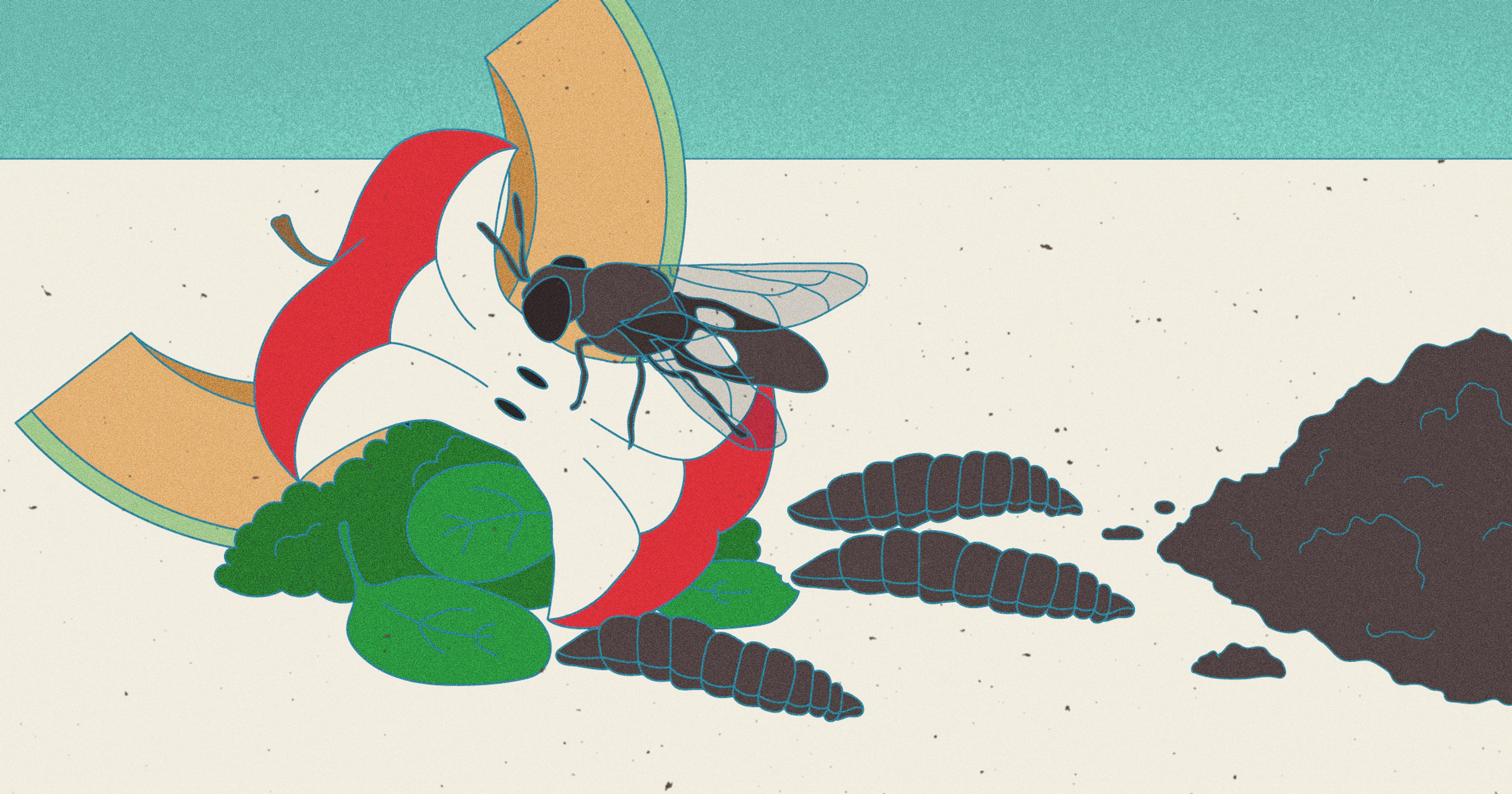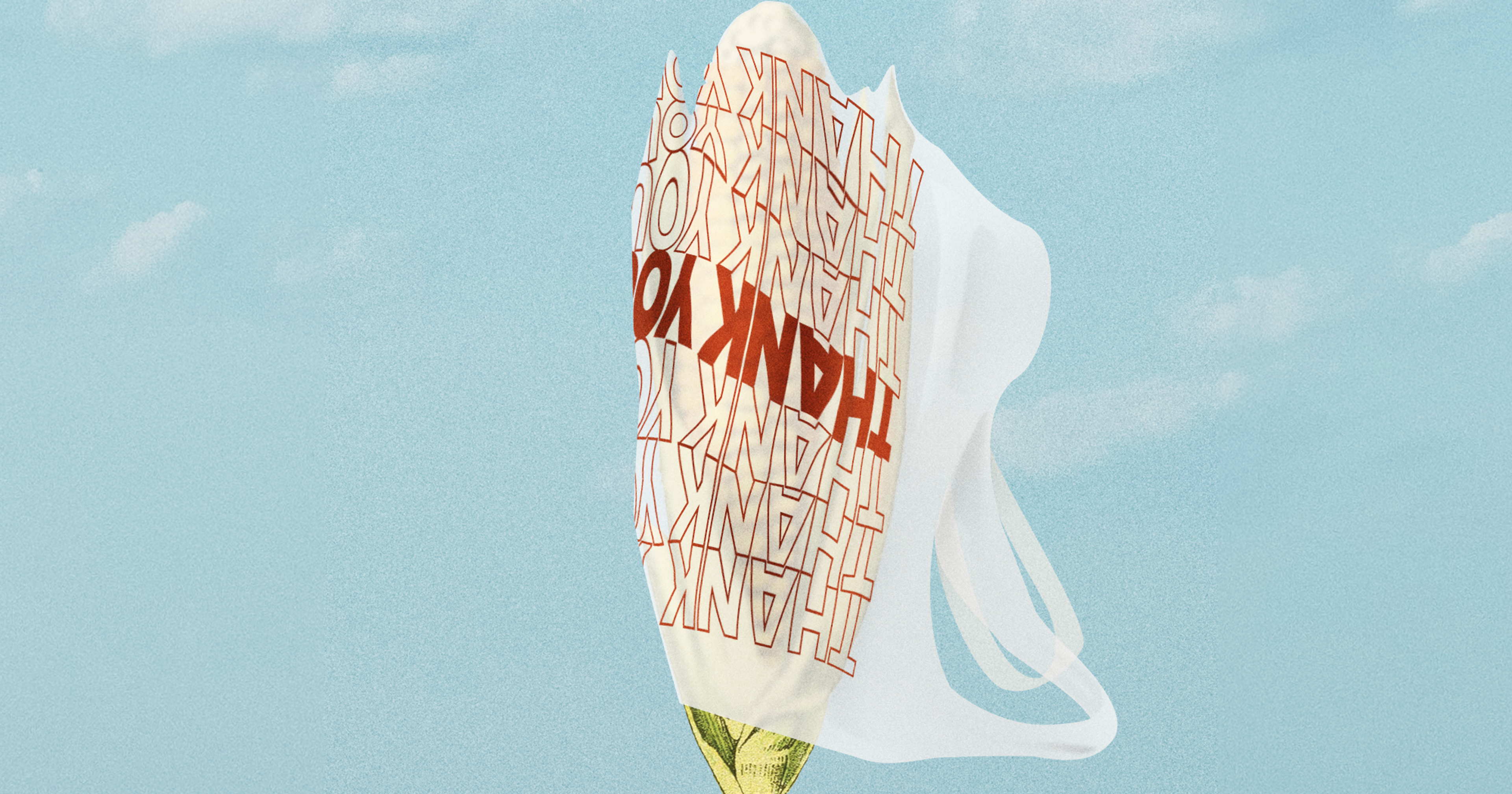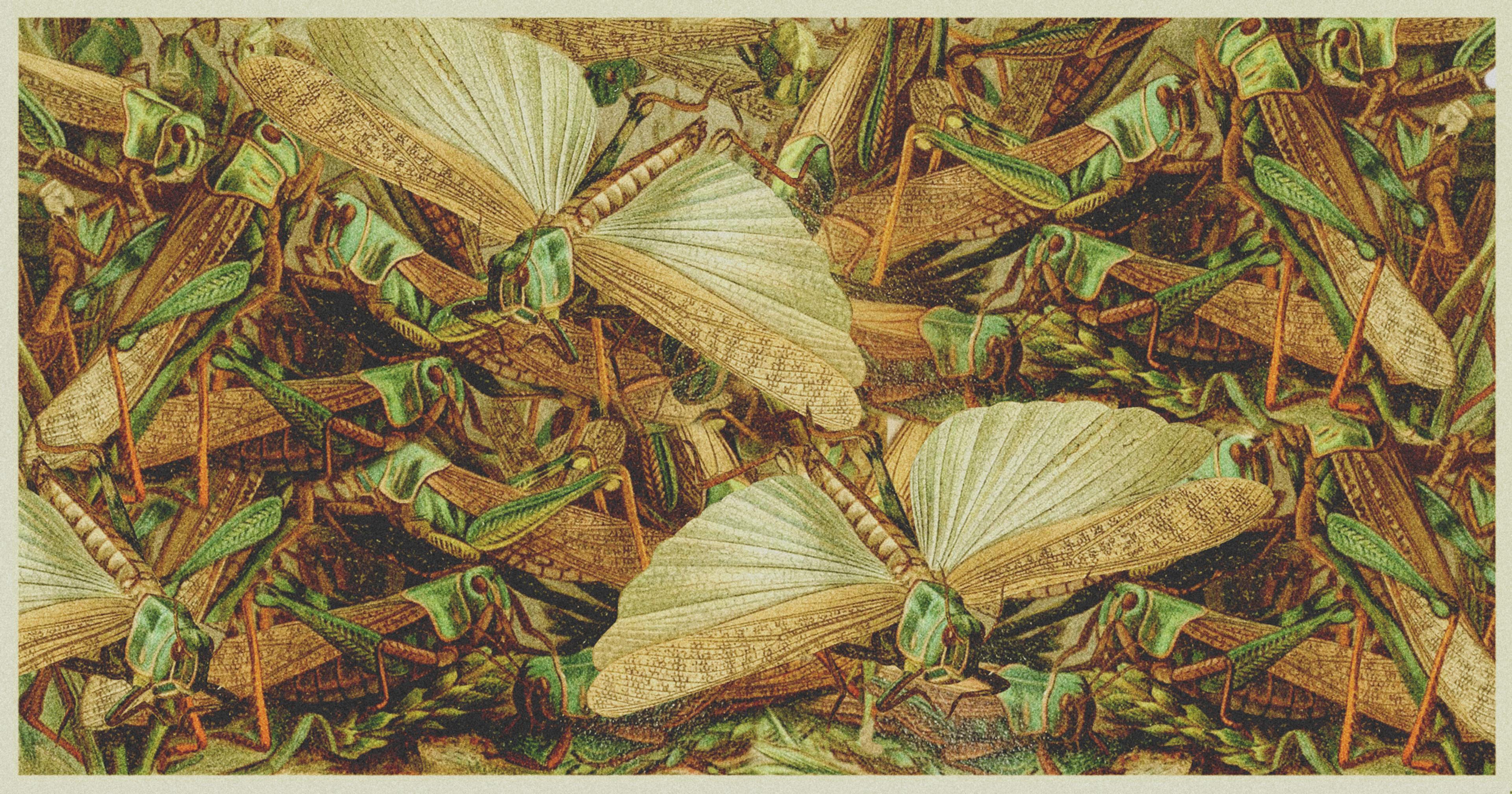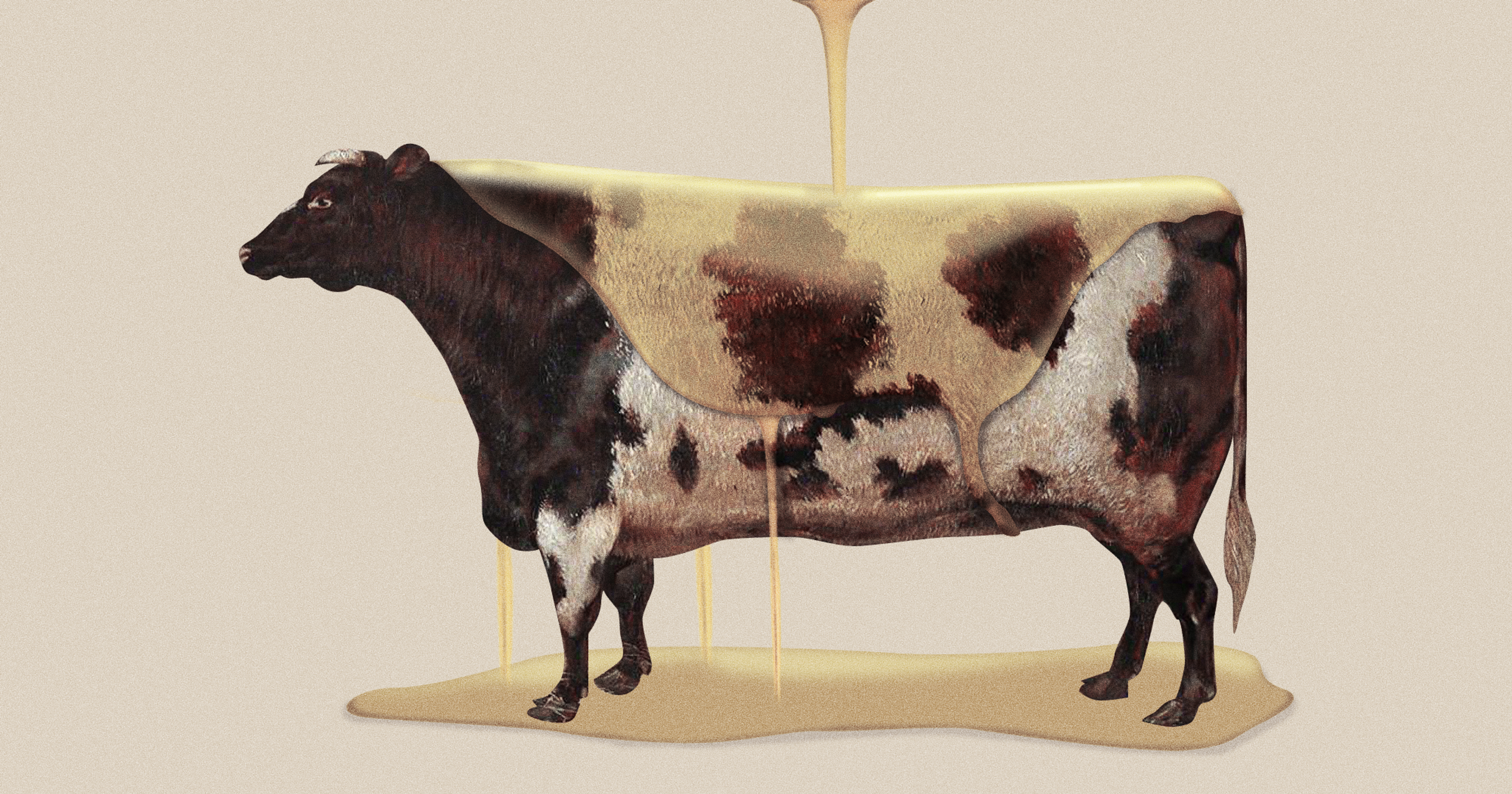Gleaners collect unclaimed crops left in fields after harvest, putting them in the perfect position to help stakeholders understand the magnitude of this untapped food source.
For Tony Eldridge, a fourth-generation produce farmer in Middle Tennessee, community service is a vital part of farm life. To help feed hungry neighbors, he and his wife donate extra crops to churches and local charities. “We’ve been blessed, and we’ve been able to bless others,” he said.
Eldridge recently found a new way to contribute: gleaning, the ancient practice of gathering unharvested or unused crops and providing them to those in need. Last year, he invited volunteers with the Society of St. Andrew (SOSA), a gleaning nonprofit, to pick strawberries on his farm. Because it was near the end of the season, there weren’t enough strawberries left in his field to justify the expense of another harvest. “But why leave it in the field to rot and go to waste, when it can benefit other individuals?” Eldridge said.
Actual data on how many crops are left on farms is sparse. Estimates are mostly based on extrapolations, surveying farmers, and a few research studies. Jeannie Hunter, regional director for the Tennessee SOSA office, discussed this lack of solid statistics with colleagues; she realized that gleaners are perfectly situated to collect this data since they’re already in the fields. Hunter and her partners received a government grant for her gleaners to conduct a measuring study on nine Middle Tennessee farms during the growing seasons of 2021 and 2022.
To measure the amount of food loss on these farms, Hunter and her volunteers used a methodology developed by Lisa. K. Johnson, an independent food and agriculture consultant and expert in on-farm food loss. “If we don’t know, there’s nothing we can do about it,” Johnson said. “But once you’ve measured something and you’ve seen it, you’ve identified it, it’s hard to forget about.”
The SOSA volunteers began by choosing three random sites in a field. They picked all of the produce in those sites and sorted it into three categories: marketable, edible but unmarketable, and inedible. They weighed each group and then used a formula to determine the amount of food left in the entire field. At the end of the study, they estimated that more than 30 million pounds of edible food could have been left in Tennessee fields in 2021 and 2022. Afterwards, SOSA conducted another measuring study with Johnson’s help, from fall 2022 to fall 2024 on 20 farms in South Carolina. They found that 10 to 20 percent of the harvested crop was left behind and was edible.
There are a lot of factors that contribute to on-farm food loss. Because harvesting and preparing produce for transport is the most expensive part of cultivation, according to Johnson, farmers risk spending more picking crops than they’ll earn from them. This can happen if there isn’t enough produce left in the field after an initial harvest or if a farmer can’t find a market for it due to changing consumer preferences or the crop’s quality. For instance, if cucumbers are edible but too long for jars, a farmer can’t sell them to a pickle company and will have to find another buyer that doesn’t care about length.
Also, farmers under contract to supply customers with a certain amount of produce might plant more than they need. This ensures they can fulfill their obligation but might mean some produce will remain unsold. While farmers could donate the leftover crops, the federal tax deduction offered to them for doing this work is often seen as requiring too much work for too little benefit. “People that work in this field know that it’s not a failure on the part of the farmer, it’s a failure on the part of the system,” said Johnson.
For instance, if cucumbers are edible but too long for jars, a farmer can’t sell them to a pickle company and will have to find another buyer.
Negative connotations in labels like “food waste” can make farmers reluctant to allow gleaning and measuring. They also may be concerned about liability, possible damage, schedule delays, or the use of gathered information. But there are solutions to these concerns, and farmers can benefit from gleaning and measuring, using information provided by gleaners to consider adjusting planting plans.
Hunter has seen firsthand how farmers benefit. One farmer’s pepper plants had produced so much they were sagging. He allowed SOSA volunteers to pick the top peppers in what he called a “maintenance glean.” The plants stayed healthy, and the rest of the peppers were still available for his customers. Hunter and her volunteers also gleaned at a blueberry farm; that farmer viewed their services as a form of organic pest control, encouraging them to harvest every berry so none would rot on the ground attracting pests.
Eldridge noted that gleaning can be a marketing tool, an opportunity to help establish a farm’s reputation as one that assists others. Sylvia Ganier agrees. She’s the owner of Green Door Gourmet, a farm and agritourism site in west Nashville and a participant in the Tennessee SOSA measuring study. Volunteers who have gleaned in her fields have returned to buy produce from the farm, and they tell restaurants they’re happy to see her farm’s produce on menus.
But while gleaning has many benefits, it cannot solve the issue of on-farm food loss by itself. Shawn Peterson is a former sixth-generation Utah produce and poultry farmer and current executive director of the Association of Gleaning Organizations (AGO). Every year, AGO advocates for public support of gleaning and works with about 200 gleaning organizations to help them grow. Peterson believes that AGO gleaners are rescuing less than one percent of the produce that is available. “I think that gleaning is much better at building community and raising awareness around food waste than ... at actually recovering food,” he said.
Negative connotations in labels like “food waste” can make farmers reluctant to allow gleaning and measuring.
Peterson knows the challenges faced by gleaning organizations. Most are small, and the work is seasonal. Since they’re only busy for a few months each year, employees leave, and the organization has to hire new staff — making fundraising difficult. For these groups to grow, they need to obtain transportation for food and staff, as well as cold storage. Also, farmers often don’t provide much notice, making it challenging to find available volunteers. And distribution is a particularly difficult obstacle because volunteers often have to visit multiple organizations to deliver all of the gleaned produce (each can usually only take a limited amount if they don’t have cold storage).
The AGO has recently launched a project that will help address these limitations and advance discussion on how everyone in the food supply chain can benefit from unharvested crops. After receiving a government grant, AGO began a nationwide on-farm food loss study that will continue SOSA’s work of measuring unharvested crops. “We want to see farmers better understand what’s actually in their field, so they can better sell it,” Peterson said. “We want to see funders understand what’s in that field, so we can better recover it and get it to those who can’t afford produce.”
Peterson believes this study is the first of its size. Any of the 200 organizations that collaborate with AGO can choose to participate. Johnson, program manager for the grant program, will assist, and participating groups will use her methodology as much as possible.
The AGO aims to publish its findings in the spring of 2027. No matter what the study reveals, Peterson knows the journey to more efficiently using crops left on farms will be complex.
“It’s not farmers having better access to secondary markets. It’s not farmers having looser buying standards. It’s not more gleaning,” he said. “It’s a combination of things to address this real opportunity, and that’s really what it is. It’s an opportunity.”

